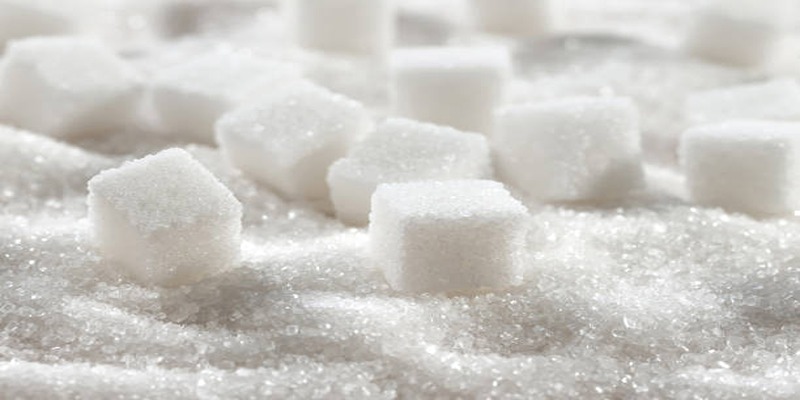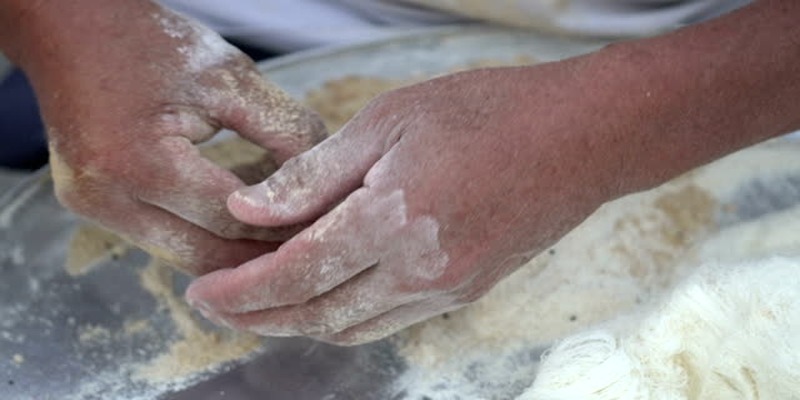Maltose vs. Sucrose: A Comprehensive Comparison
Jul 09, 2024 By Madison Evans
Maltose and sucrose are both disaccharides, yet they possess distinct properties and roles in nutrition and health. Maltose, commonly known as malt sugar, is composed of two glucose molecules and is less sweet compared to sucrose, which consists of glucose and fructose. Sucrose, widely recognized as table sugar, is prevalent in many fruits and plants and has a higher sweetness profile. Understanding the biochemical differences between these sugars and their metabolic impacts is crucial for making informed dietary choices. This comprehensive comparison aims to shed light on the origins, structural differences, health implications, and common uses of maltose and sucrose, providing a nuanced perspective on these everyday sweeteners.
Origins of Maltose and Sucrose
Maltose is derived primarily from the breakdown of starches, such as those found in grains like barley and wheat. This process occurs through enzymatic action during the malting process, which is integral to the production of fermented products. Conversely, sucrose is naturally occurring in a wide range of fruits, vegetables, and plants, with sugarcane and sugar beet being the most common sources.
The extraction of sucrose from these plants involves crushing the plant material, extracting the juice, and then purifying it through crystallization. Both sugars have been utilized for centuries in various culinary and industrial applications, yet their distinct sources and methods of production play significant roles in their availability and cost. Understanding these origins helps contextualize their different culinary and nutritional uses.
Structural Differences Between Maltose and Sucrose

The chemical structures of maltose and sucrose are pivotal in determining their properties and functions. Maltose consists of two glucose molecules linked together by an alpha(14) glycosidic bond. This linear structure makes maltose a relatively simple sugar that breaks down easily during digestion, providing a quick source of energy.
On the other hand, sucrose is composed of one glucose molecule and one fructose molecule linked by an alpha(12) glycosidic bond. This combination introduces complexity, as the body must first break the bond to metabolize the individual glucose and fructose units. These structural differences explain why maltose is less sweet and more readily digested compared to sucrose. Understanding these structural distinctions is essential for comprehending their varied effects on metabolism and health.
Metabolic Pathways of Maltose and Sucrose:
Maltose and sucrose follow distinct metabolic pathways once ingested. Maltose is hydrolyzed by the enzyme maltase in the small intestine, breaking down into two glucose molecules which are then absorbed into the bloodstream. These glucose molecules serve as an immediate energy source for bodily functions. Sucrose, however, is hydrolyzed by the enzyme sucrase, resulting in one glucose and one fructose molecule.
Glucose follows the same pathway as mentioned before, while fructose is processed primarily in the liver via the fructolysis pathway. Here, fructose can be converted into glucose derivatives, glycogen, or lipids depending on the bodys immediate needs. The distinct pathways highlight why sucrose can have different metabolic impacts compared to maltose. Excessive fructose intake, particularly from refined sugars, is often linked to various metabolic disorders, underscoring the importance of differentiating between these sugars when considering dietary health.
Sweetness Levels and Taste Profiles:
Sweetness Levels:
As mentioned earlier, sucrose is significantly sweeter than maltose due to the presence of fructose. On a scale of 1 to 10, with 1 being least sweet and 10 being the sweetest, sucrose is typically rated at an 8 or above while maltose ranges from 3-4. This difference in sweetness levels has implications for food processing and cooking, as less sucrose is needed to achieve the same level of sweetness compared to maltose.
Taste Profiles:
The distinct taste profiles of these sugars also affect their culinary uses. Maltose has a milder, less intense sweetness compared to sucrose, making it a suitable choice for foods that require subtle sweetness without overpowering other flavors. Sucrose, on the other hand, has a stronger and more distinct sweetness that works well in desserts and sweet baked goods.
Health Implications of Maltose Consumption:
While both maltose and sucrose provide a quick source of energy, excessive consumption of these sugars can have negative health implications. Maltose is generally considered safe for consumption in moderate amounts, but individuals with certain digestive conditions such as celiac disease may experience discomfort due to the presence of gluten in some maltose-containing products.
Sucrose, on the other hand, has been linked to various health issues when consumed in excess. These include obesity, type 2 diabetes, cardiovascular disease, and tooth decay.
Health Implications of Sucrose Consumption:

Excessive sucrose consumption has numerous health implications. One major concern is its contribution to obesity. High intake of sucrose can lead to an increased caloric intake, which, coupled with a sedentary lifestyle, fuels weight gain. Beyond its role in obesity, high sucrose intake is also associated with type 2 diabetes.
The spikes in blood sugar levels caused by sucrose can result in insulin resistance over time. Moreover, the metabolic process of fructose, a component of sucrose, can lead to non-alcoholic fatty liver disease, wherein fat builds up in the liver. Tooth decay is another significant issue linked to sucrose, as oral bacteria metabolize sugars, producing acids that erode tooth enamel. Therefore, moderating sucrose intake is imperative for maintaining overall health.
Common Uses of Maltose in Food and Beverages:
- Baked goods: Maltose is often used in baked goods such as bread, cakes, and cookies to add sweetness and promote browning.
- Sports drinks: Due to its quick absorption by the body, maltose is commonly used in sports drinks as an energy source during exercise.
- Asian cuisine: Maltose is frequently used as a glaze or marinade ingredient in Asian dishes such as Peking duck and char siu pork.
- Ice cream: Maltose helps create a smooth and creamy texture in ice cream while adding sweetness.
Common Uses of Sucrose in Food and Beverages:
- Table sugar: Sucrose is the most commonly used sweetener in household kitchens, found in products such as table sugar, powdered sugar, and brown sugar.
- Soft drinks: Most soft drinks, including soda and energy drinks, contain high amounts of sucrose for added sweetness.
- Candy and chocolates: Many types of candy and chocolate are made with sucrose as the main ingredient in their fillings or coatings.
- Sauces and dressings: Sucrose is often added to sauces and dressings to balance out flavors and add sweetness.
- Canned fruits: Sucrose is used as a preservative in canned fruits, helping to maintain their texture and flavor.
Conclusion:
Understanding the distinct characteristics and metabolic pathways of maltose and sucrose is crucial for making informed dietary choices. Both sugars provide essential energy, but their differing impacts on metabolism and health require careful consideration. While moderate consumption of maltose is generally safe and beneficial, excessive intake of sucrose poses significant health risks, including obesity, type 2 diabetes, and cardiovascular diseases. Individuals should be mindful of their sugar intake, focusing on balancing their diet with natural, unrefined sources of sugar and limiting the consumption of refined sugars. By doing so, one can enjoy the sweetness these sugars offer while safeguarding their overall health and well-being.







